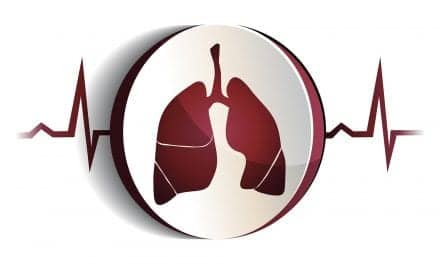Children with asthma are most likely to experience an attack at the beginning of the school year and after long breaks, according to research.
In the current study, Lauren Meyers, professor of integrative biology and statistics and data sciences at the University of Texas-Austin, and colleagues built a computer model to investigate the impact of the common cold virus on asthma. The model incorporated potential triggers of asthma attacks.
The team also examined population data for cities across Texas over a 7-year period. The data showed the circulation of the common cold virus among adults and children throughout the year and the timing and locations of approximately 66,000 hospitalizations for asthma.
They tested each driver separately and compared the output of the model to the real-world health data. This enabled them to determine the relative impact of each trigger and to discover which combination of factors best matched the data.
Results revealed that the primary driver of asthma exacerbations was the spread of cold viruses, a factor that is largely influenced by the school calendar. Among children, daily viral prevalence was the strongest predictor of asthma hospitalizations. During school holidays, transmission was 45% lower.









